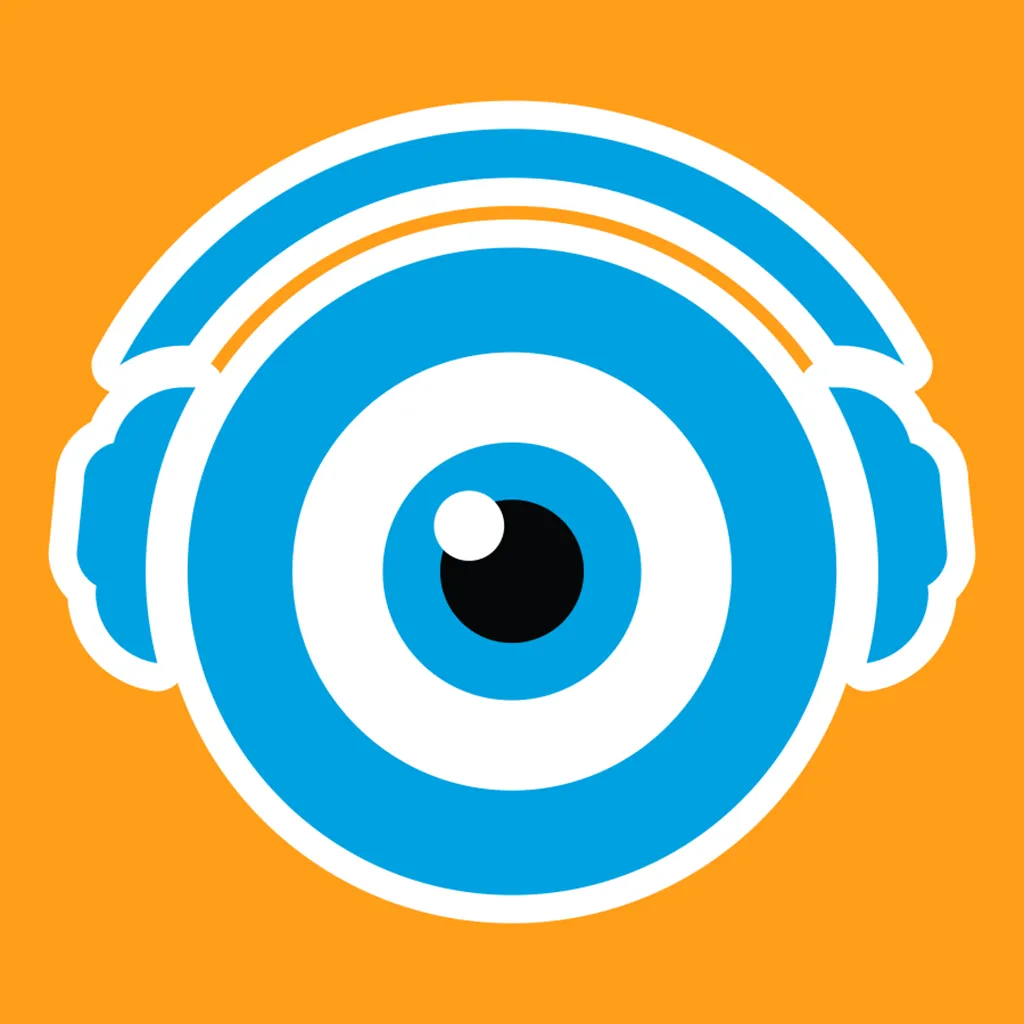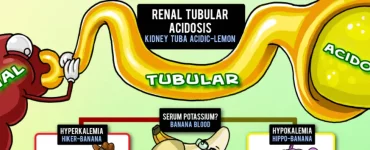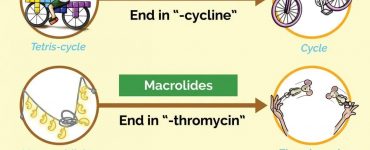Becoming a medical doctor is a demanding journey that involves rigorous studying, retention, and hands-on practice. Educational institutions are increasingly using gamification to enhance student engagement and motivation. Gamification takes traditional learning and turns it into a dynamic, competitive, and rewarding process through the introduction of these elements. By incorporating gamification, students can boost their motivation, improve knowledge retention, and feel accomplished when tackling complex medical concepts. Continue reading to discover how you can apply gamification in your medical studies.
What is gamification?

Gamification makes tasks that can sometimes feel boring more enjoyable, by adding elements of games, like rewards and challenges. This approach is used in areas like healthcare and education to motivate students. For example, instructors can give students points or badges for finishing lessons or quizzes. By tapping into our natural desire to compete and achieve, gamification encourages active participation and makes learning more fun.
Why is it becoming popular
Gamification is being used more and more in different areas, especially in medicine, for several important reasons.
Increased Engagement and Motivation
Gamification makes tasks more enjoyable and boosts our motivation because it taps into our natural desire to succeed and be recognized. When learning is fun, we’re more likely to stick with it and want to keep going!
Improved Learning and Retention
Gamification in education helps students remember what they learn because they are absorbed with the material in a way that doesn’t feel arduous. Interactive tools, such as quizzes with rewards, progress tracking and memorable characters enhance involvement and make learning more enjoyable. This is particularly beneficial in challenging subjects like Coronary Artery Bypass Grafting or mastering the differences between hypo and hypermagnesiemia.
Behavioral Influence
Gamification can influence our actions and encourage us to behave in certain ways. For instance, earning rewards like badges and points can motivate us to keep going and strive to maintain our point status.
Technological Advancements
Smartphones and digital platforms have made it easy to add a touch of gamification to our daily routines. We can now get instant feedback, track progress, and interact with virtual environments that make tasks more exciting! Plus, because these apps are so accessible, we can even learn while we are waiting in line at the store or while working out at the gym.
Positive Feedback Loops
Gamification works by giving us instant rewards, which boosts our confidence and makes us feel good about what we’ve achieved. This keeps us focused and improves our performance.
Social Connectivity
Spending long hours alone with books and screens can sometimes feel isolating because we often feel as though we are missing out on social events and activities. Leaderboards and social sharing in game-like learning help with this by adding a social element. This sparks friendly competition and builds a sense of community, leading to even more participation. And, when done right, it can boost platform popularity.
Enhanced User Experience
Gamification transforms learning into an interactive adventure, making it feel less like work and more like just a fun game we are playing.
Why is it beneficial in medical education?

Medical education is getting a boost from gamification and here’s why.
Improved Knowledge Retention
Gamification brings learning to life with interactive and hands-on experiences. Techniques like spaced repetition boost long-term retention, which is vital in medicine where students need to recall vast amounts of detailed information.
Skill Development through Simulations
Medical students can now hone their clinical skills safely, thanks to gamification. Simulations and virtual patients let them practice making tough decisions without risking real lives. This hands-on approach helps students turn theory into practice, developing critical thinking, diagnostic skills, and procedural expertise.
Instant Feedback
Instant feedback is crucial in medical learning, and gamified platforms deliver. Students get immediate responses to their decisions and answers, helping them spot mistakes, learn from them, and correct their understanding on the spot. This feedback loop is vital for mastering medical concepts and building confidence in their skills.
Safe Learning Environment
Medicine is a high-stakes and high pressure field where mistakes can have serious consequences. That’s why gamified learning is so progressive. Students can practice virtual surgeries, diagnose simulated patients, and hone their skills without putting patient safety at risk. This safe and controlled environment lets them learn from errors and oversights which refines their technique, and builds confidence.
Collaboration and Competition
The process of adding game-like elements isn’t just about individual learning – it’s also a powerful tool for teamwork and collaboration. By incorporating group challenges, leaderboards, and competitive quizzes, medical students can learn from each other, work together, and drive each other to succeed. This social aspect of gamification promotes a sense of community that encourages peer-to-peer learning and collective growth in complex fields like medicine, where teamwork and collaboration are essential.
Mastering Complex Procedures
Imagine being able to practice complex medical procedures over and over, without any risk to patients. Gamified learning tools like virtual reality (VR) and augmented reality (AR) make this possible. Students can hone their skills in suturing, surgical techniques, and patient assessment in a fully immersive, hands-on environment. This repetition builds proficiency and confidence, preparing learners for real-world medical scenarios.
Personalized Learning Pathways
Incentive-based learning platforms are like personalized tutors for medical students. They adapt to each student’s pace and level of understanding, serving up customized challenges and quizzes that help fill knowledge gaps. This tailored approach ensures students can focus on their weaker areas while still being stretched to grow – a perfect blend of support and challenge.
Reduction in Stress
Game-like experiences make learning fun and stress-free. By transforming difficult subjects into engaging experiences, it reduces anxiety and creates a positive environment where students can thrive. No more dreading exams or feeling overwhelmed–just focused, effective learning which leads to better test performance and academic achievement.
Tracking Progress and Self-Assessment
Gamified learning systems give students a clear roadmap to success. With progress tracking, they can monitor their journey, identify areas for improvement, and adjust their strategy. By setting personal objectives and milestones, students stay focused, motivated, and committed to reaching their learning goals.
Gamification examples

Here are some examples of game-like learning platforms and apps for language, productivity and medicine that demonstrate how challenge-based learning can make studying more interactive and effective.
Duolingo (Language Learning)
Duolingo makes learning a new language a breeze and a lot of fun at the same time. It’s like a game, where you earn rewards and points for completing lessons. You can track your progress, climb leaderboards, and even collect gems. The daily streaks and XP points keep you motivated to learn every day. Plus, the fun sound effects make it a joy to play. Duolingo’s immersive approach feels more like a challenge, not a chore.
Habitica (Productivity)
Habitica is a game that helps you stay organized and focused. You create a character, do tasks, and earn points. It’s a pretty fun way to get things done and reach your goals.
Clinical Sense
Brush up on your diagnostic skills with Clinical Sense. This interactive platform lets you practice managing patients from start to finish – from initial presentation to follow-up care. With the use of their app, you can step into the role of physician and face real life clinical scenarios and make critical decisions in real-time, just like in a proper hospital setting. Develop your problem-solving skills, think critically, and learn from your experiences.
Medtronic
In the past, doctors learned medical procedures in a classroom or lab by taking notes and memorizing steps. But now, technology has changed everything. Today, surgeons in training wear virtual reality headsets and practice surgeries in a simulated environment. In some situations they can even use advanced computer models instead of human cadavers.
Picmonic
Picmonic has created a fun way to remember a variety of complex topics by using cartoons and stories to help you remember important information. It’s like a comic book for studying!
How does Picmonic use gamification?

To put it simply, Picmonic makes learning fun!
Picmonic is a study tool that helps students, especially in medical school, remember tough information using pictures and stories. It also makes studying more enjoyable and effective by adding game-like elements. Here’s how:
Visual Mnemonics
Picmonic uses funny cartoons and stories to help students remember medical concepts. These colorful pictures and stories make learning feel like a game, helping students connect tough information with enjoyable memories. Think of it like this: instead of just reading from your textbook, Picmonic uses cartoons to bring medical concepts to life. Topics, such as antibiotics that might sometimes be difficult to master, are made easier to remember and more enjoyable to study.
Quizzes and Interactive Learning
After watching a Picmonic video, students can take interactive quizzes to check their understanding. This allows for instant feedback to show you where you can improve and helps to reinforce what you’ve learned. Even better, the system automatically sets up these topics for you to review whenever you log into the quiz queue to ensure this info sticks.
Points and Streaks
Picmonic’s point system keeps you motivated to learn by earning points for correct answers. You can then build a daily “streak” to stay consistent. We call them experience points, or XP for short. It really feels like a game that you’ll want to keep playing because, as you do so, you are learning and answering questions to earn more XP and rewards. And, by maintaining a daily streak, you’ll develop a consistent study habit that helps you achieve your learning goals.
Progress Tracking
Picmonic helps you track how you’re doing by your success on quizzes which show you what you need to work on and allows you to discover your strengths. It even recommends related and trending Picmonics that allow you to explore topics even further. You’ll feel a sense of achievement as you see your improved progress.
Achievements and Badges
Achievements can be earned by completing various tasks. Become a Wizard by earning 500 XP in a day or have Picmonic bow down to your greatness by achieving the Prodigy badge when you answer 100 consecutive quiz questions without getting anything wrong! This allows you to see your achievements grow and keeps you motivated to expand your knowledge.
Leaderboards
Picmonic has a leaderboard that shows how students are doing compared to others. This friendly competition motivates users to keep trying and improve their results. When you keep studying to earn XP you will quickly move up in the weekly league ranks.
Personalized Learning
Picmonic adjusts to your learning pace by suggesting what to study next, based on how you’re doing. This tailored approach keeps you interested and challenged, just like a game that’s always just right for your skill level. Picmonic’s game-like features make studying for medical exams more enjoyable, interactive, and motivating. This helps students remember information better and makes learning more fun.
If you are ready to put some of these study tips and tricks into practice and save time studying and boost your test scores, then check out Picmonic plans for medical students. Here you will save time when studying, boost your test scores, and get your life back. Picmonic for Medicine has 2,000+ need-to-know mnemonics for medical students in 2-5 minute videos as well as study tools and USMLE Step 1, 2, & 3 resources to help you learn faster and remember more.
Good luck with your studies!
About the Author
Pamela Schutz, RPN, Medical-Nursing ScholarPamela is a registered psychiatric nurse with over 23 years of experience specializing in trauma informed care, substance use and harm reduction strategies. Pamela effectively conveys messages with a passion for simplifying complex ideas with a rare mix of clinical, educational and business proficiency. She enjoys helping educators to provide an exceptional educational experience for students while making the captivating world of medicine less mysterious.













